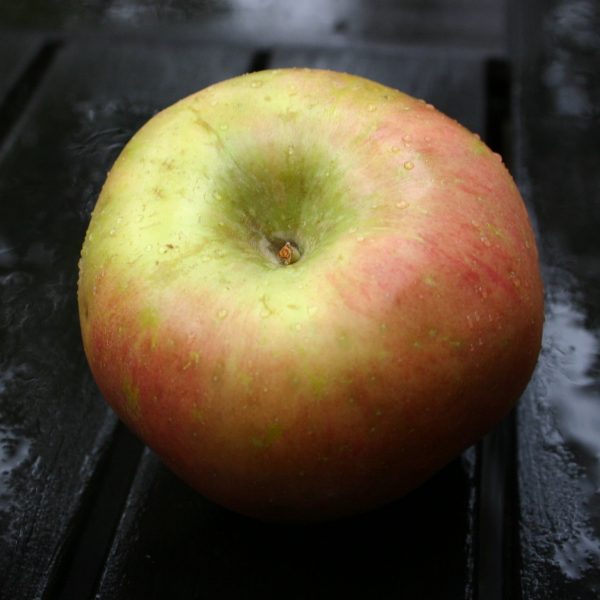Hydrangeas – Why They are Blue or Pink
We all know that life depends on chemistry. We may not understand the chemistry…but life goes on whether we understand it or not.
If you want to go hard-core in understanding why hydrangeas are blue or pink, here is a chemical explanation:
Maintaining the Blue in Blue Hydrangeas
Carl Rosen, Extension Soil Scientist, University of Minnesota
The popularity of growing hydrangeas in Minnesota has increased dramatically with the recent release of the winter hardy zone 4 cultivar ‘Endless Summer’.
Like most hydrangeas, the flower color is blue when soil conditions are acid and then converts to pink when soil conditions become slightly acid to alkaline. During this conversion the plant may have flowers of various shades of blue and pink.
The blue and pink color of hydrangea flower sepals is due to an anthocyanin called delphinidin 3-monoglucoside. In the presence of aluminum, a blue color will form due to the aluminum binding with the anthocyanin. The reason for the blue color under acid conditions is due in part to an increase in availability and uptake of aluminum from the soil.
As soil pH decreases, availability of aluminum increases. Conversely, as soil pH increases the availability of aluminum decreases. Ideally, the pH of your soil should be around 5.0 to ensure that adequate aluminum is available for blue flower color development in hydrangeas.
Of interest is that aluminum is not considered to be an essential element for plant growth. In fact, for most plants, high levels of available soil aluminum are toxic causing stunting of root growth and eventual death if soil aluminum is high enough. Usually the soil pH has to be less than 4.5 for this to happen.
Gardeners in eastern U.S. have a difficult time maintaining pink flowers because their native soils tend to be acid and contain sufficient levels of available aluminum to maintain a blue flower color in hydrangea. In contrast, soils in the upper Midwest tend to be more alkaline, making it difficult to maintain blue flowers.
In Minnesota, soil pH tends to be highest in the western part of the state where calcareous soils are prevalent and then becomes more acid in the east. Therefore, gardeners in the western part of the state will have a harder time maintaining hydrangeas with a blue flower color. For soils that are highly calcareous (pH 7.8 and higher), it may not only be a problem to maintain blue flowers, but the plant itself may exhibit yellow leaves due to iron deficiency. In those cases, growing hydrangeas in raised beds with a more acid soil mix may be the only solution.
Hydrangeas sold in pots at garden centers are usually grown in artificial potting media. For blue flower color, the medium is maintained in the acid range by using sphagnum peat moss and various acidifying amendments as discussed below. When the plants are transplanted into high pH soils, the pH in the root zone will eventually increase and flower color will turn pink unless steps are taken to maintain acid soil conditions.














